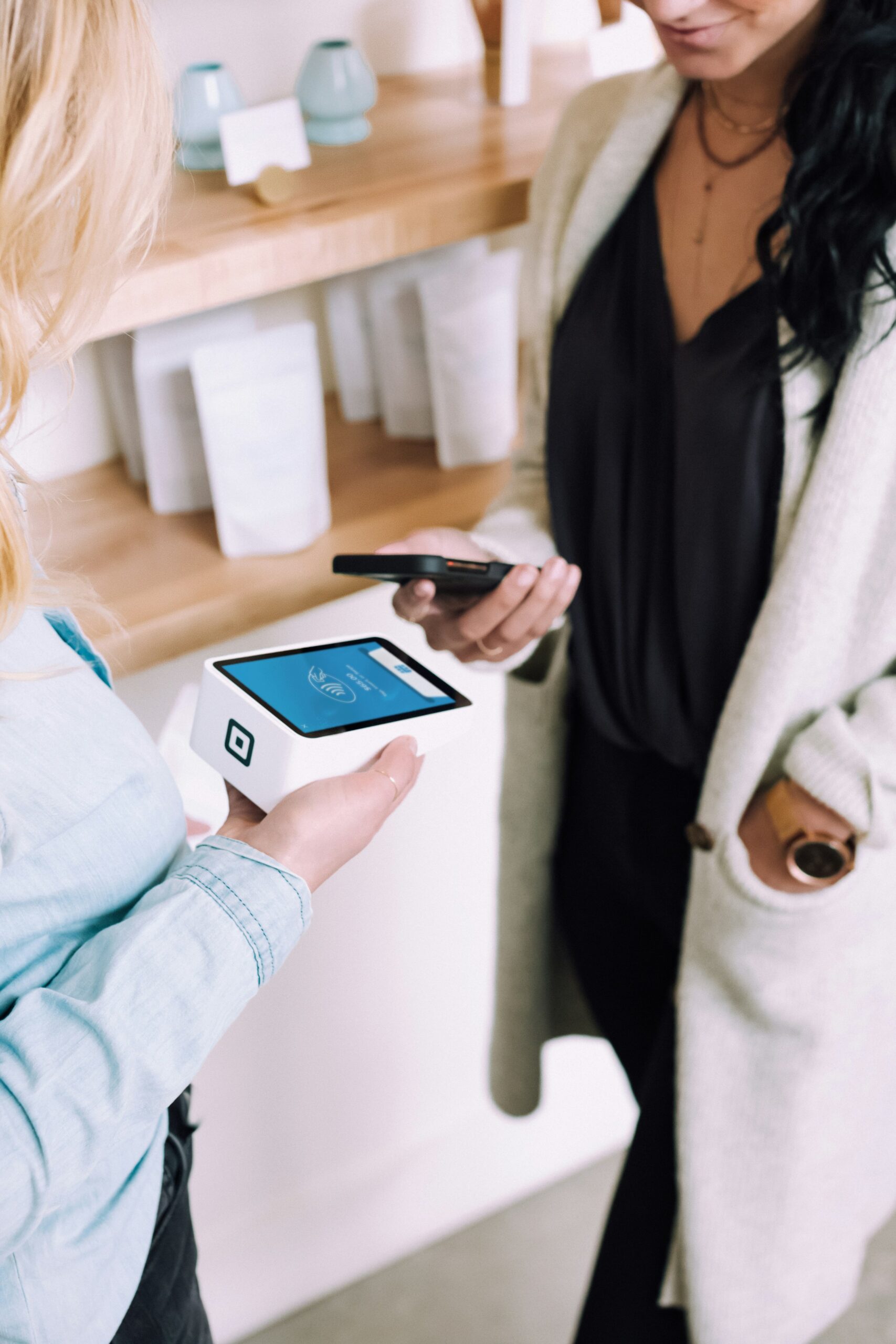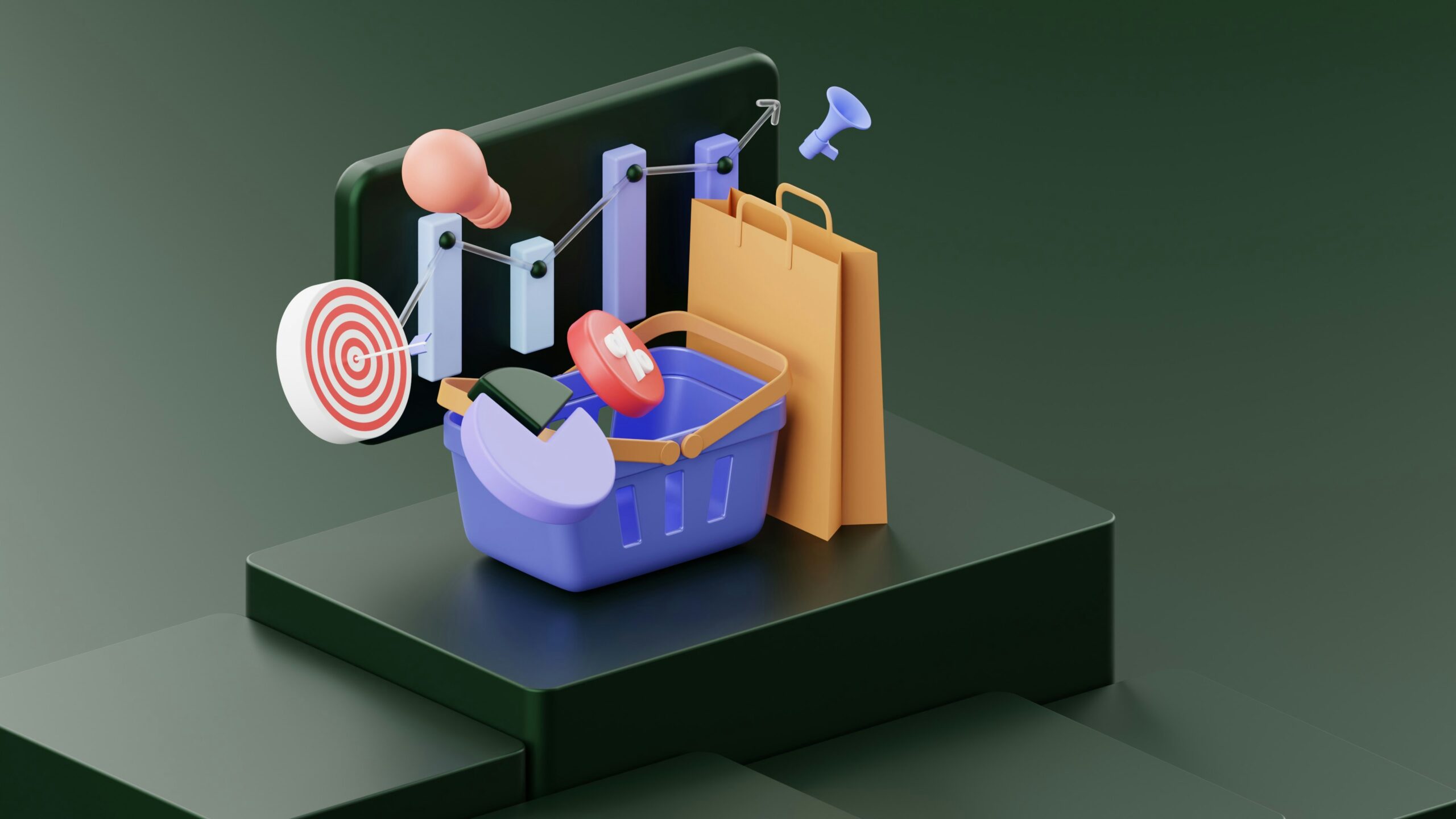
Creating an app is just the beginning. The real question is:
How do you turn downloads into dollars?
Whether you’re a solo developer, digital agency, or startup, choosing the right app monetization strategy is crucial to your success.
In this guide, we’ll break down 7 of the most effective monetization models used by top apps in 2025—and how to choose the best one for your goals.
1. 💰 Freemium Model (Free App + Paid Upgrades)
How It Works:
Users download your app for free but can unlock premium features, content, or perks via in-app purchases or subscriptions.
Examples:
- Meditation apps offering 5 free sessions, with a $9.99/month plan for full access
- Design tools giving basic features for free, but advanced exports only on premium
Best For:
- Apps with tiered value
- High user engagement (daily/weekly use)
- Tools or productivity apps
Pro Tip:
Show value quickly. The sooner users hit a limitation that feels worth upgrading, the better the conversion rate.
2. 💳 Paid App (One-Time Purchase)
How It Works:
Users pay upfront to download your app from the App Store or Google Play.
Examples:
- Niche utilities or tools (e.g., photo editors, calculators, audio apps)
- Games with no ads or microtransactions
Best For:
- Highly specific use cases
- Audiences willing to pay for simplicity and ownership
- Utility or educational apps
Pro Tip:
Charge between $0.99–$4.99 unless your app delivers high-ticket value or serves a professional niche.
3. 📱 In-App Purchases (IAP)
How It Works:
Users can buy virtual goods, upgrades, skins, tokens, filters, etc. from within the app.
Examples:
- Games selling coins, characters, or boosts
- Design/photo apps selling filter packs
Best For:
- Gaming
- Customization-heavy apps
- Entertainment or social experiences
Pro Tip:
Make purchases feel like enhancements, not necessities. People spend more when they feel they’re “supporting” or leveling up, not being forced.
4. 🧾 Subscription Model
How It Works:
Users pay monthly or annually for continued access to the app or premium features.
Examples:
- Productivity tools (task managers, trackers)
- Fitness, education, finance, or B2B apps
Best For:
- Apps that deliver ongoing value
- Tools people rely on weekly or daily
- White-label SaaS and agency models
Pro Tip:
Offer a free trial or basic tier to prove the app’s value. Highlight what subscribers get each month to reduce churn.
5. 📢 Advertising (Ad Revenue)
How It Works:
You earn money by showing banner ads, video ads, or native ads in your app.
Examples:
- Free games with rewarded video ads
- News, quiz, or entertainment apps with interstitials
Best For:
- Large user base
- High engagement (sessions per day)
- Users unwilling to pay directly
Pro Tip:
Use rewarded video ads instead of disruptive interstitials—users opt-in, and completion rates are higher.
6. 🤝 Affiliate & Partner Integrations
How It Works:
Promote other apps, services, or products inside your app—and earn commission on sales or sign-ups.
Examples:
- Travel apps recommending hotels via Booking.com
- Finance apps offering credit monitoring via third-party tools
Best For:
- Apps with niche audiences
- Review, info, or utility apps
- Creators who want to cross-promote tools
Pro Tip:
Choose partners that align with your app’s purpose. Irrelevant promos hurt trust.
7. 🧠 Licensing & White-Labeling
How It Works:
License your app’s codebase or white-label it to agencies, resellers, or clients who rebrand and use it as their own.
Examples:
- Loyalty platforms rebranded by local businesses
- CRM apps resold by marketing agencies
Best For:
- B2B apps
- Agencies or developers
- Niche use-case apps
Pro Tip:
This model brings high-ticket sales and recurring B2B revenue—perfect for apps that solve specific industry problems.
🔍 Bonus: Hybrid Monetization Models
Don’t feel limited to one strategy. Many top apps combine methods, such as:
- Freemium + In-App Purchases
- Free + Ad-Supported + Subscription (offer to remove ads)
- Subscription + Affiliate integrations
Choose based on user behavior, retention, and app purpose.
🧭 How to Choose the Right App Monetization Strategy
| Question | Helps You Decide |
| How often will users use the app? | Subscription vs one-time |
| Is it B2B or B2C? | Licensing vs ads |
| Do you have a niche audience? | Affiliate or premium |
| Are users cost-sensitive? | Freemium or ad-supported |
| Can your app create habit loops? | Subscription or in-app purchases |
✨ Final Thoughts
Monetizing an app isn’t about tricking users into paying—it’s about delivering real value in a way that makes financial sense for both sides.
Start simple. Test pricing. Listen to feedback. Refine your revenue model as your user base grows.
With the right strategy, your app can go from a project to a profitable business.
RELATED POSTS
View all


